Claire Spearman
Advisor: Terri Fuglem
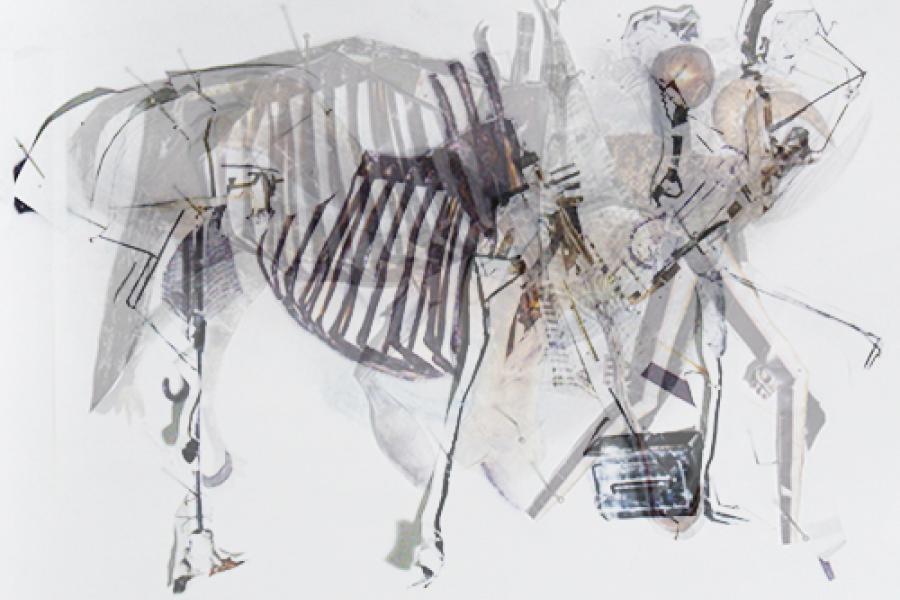
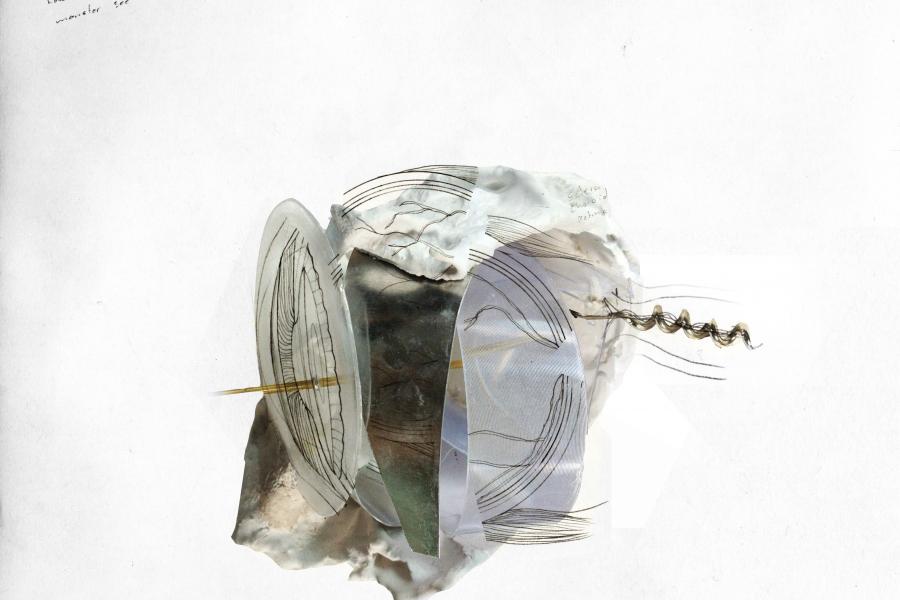
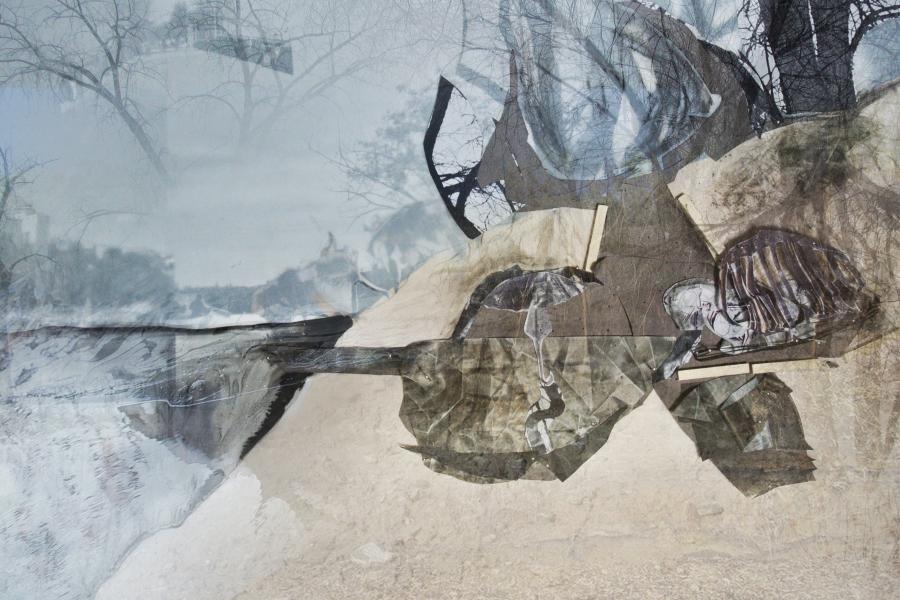
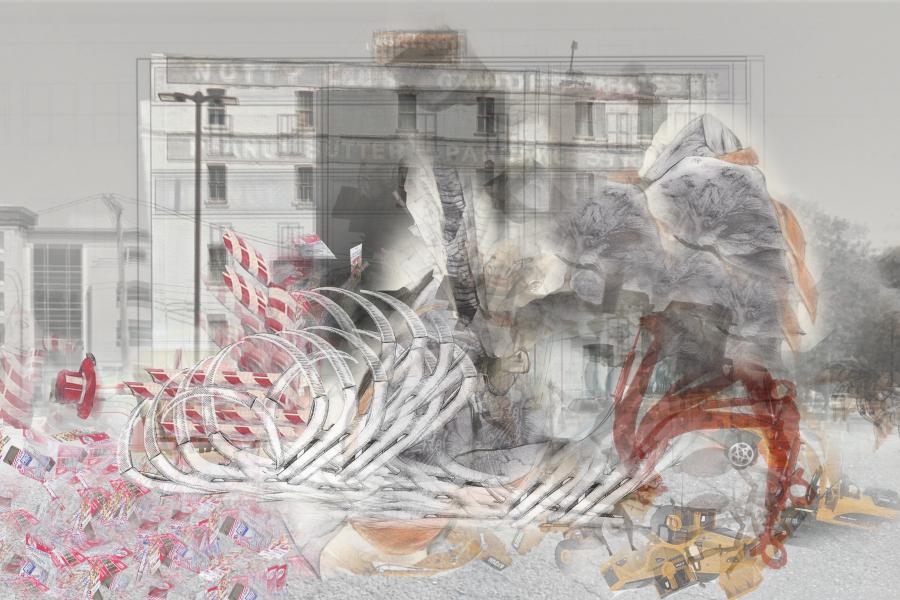
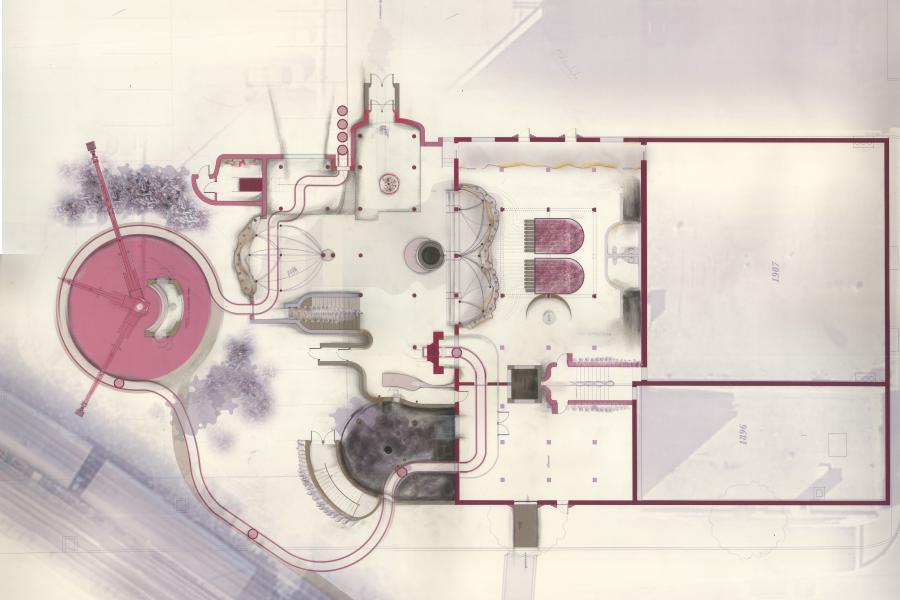
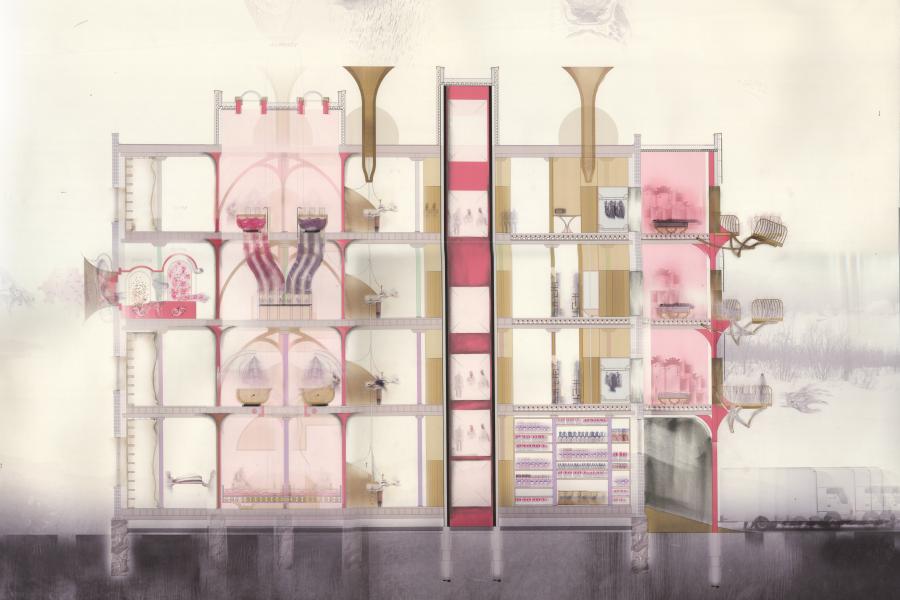
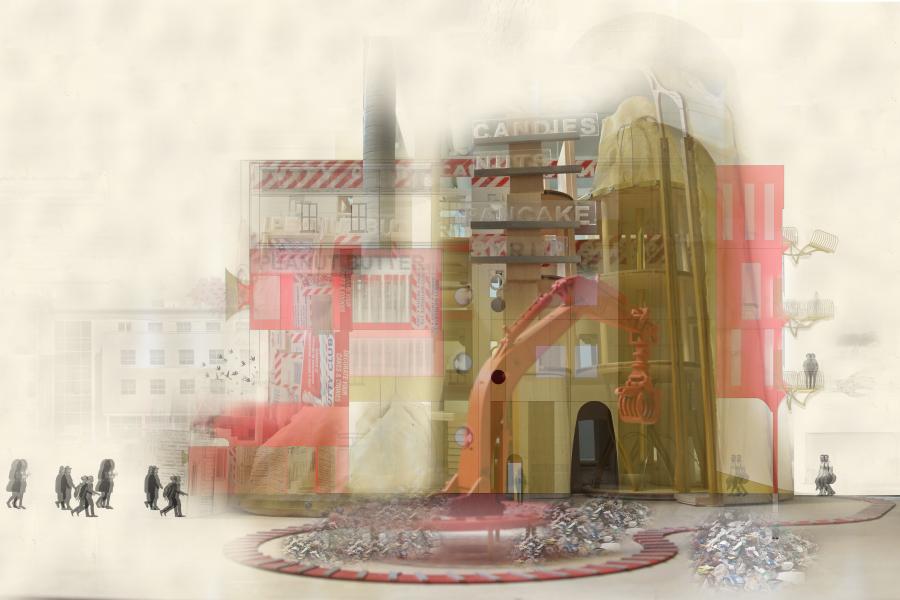
To Build a Monster:
Constructing Mythical Bodies in the Contemporary city
The Monster has been a significant element of storytelling in human culture throughout history and continues to pervade contemporary and modern fiction and literature. The monster acts as a literary device: it creates conflict and fear, as well as a sense of the sacred. Ultimately, the monster demonstrates or reveals something about humanity to the characters and reader/listener, often to teach us something about ourselves. This thesis questions how myth and story can reveal themselves as a corporeal animal within the city. While myths are non-physical narratives, a monster is a physical body created out of story. The monster is imbued with the fears, values, symbols, and images of a culture in a particular time and place; the monster is created purposefully and its body is wholly intentional. In creating architecture as a monster we create a body that is living, which grows, ages, consumes, and changes through time.
The ultimate objective of this thesis is to explore the possibility of creating places that are alive. The qualities of the monster in story and myth, as well as the genesis of the monstrous body will be explored: how a body is formed, (or deformed), intentionally and symbolically to create a place. The relationship of architecture to body is explored in order to create places that are alive. As a body itself is a series of interconnected and relational systems, it may serve as precedent for creating living cities and buildings. In particular, the body of the monster, which is born out of myth, serves as a platform to explore architecture through.
Further, this thesis constructs a metaphorical monster within Winnipeg, Manitoba, which arises from crises within our contemporary culture, in particular: wastefulness and over consumption. Creating architecture as a living and monstrous body aims to create a shared mythology for the highly diverse contemporary city, as well breaking the boundaries that prevent our city from moving beyond the current culture of wastefulness. The “Monster” acts as an architectural metaphor for constructing places that: are interconnected as whole bodies, integrate historical and present culture, incorporate fantasy into the everyday, draw metaphorical relationships between the body and the building, and ultimately break and disrupt boundaries of the contemporary city. The creation of a contemporary myth through the construction of a monster within Winnipeg allows for the exploration of how architecture grows through time and place, how myth becomes physically revealed in a place, and, ultimately, how places can be created as living bodies that challenge our contemporary ways of life.
